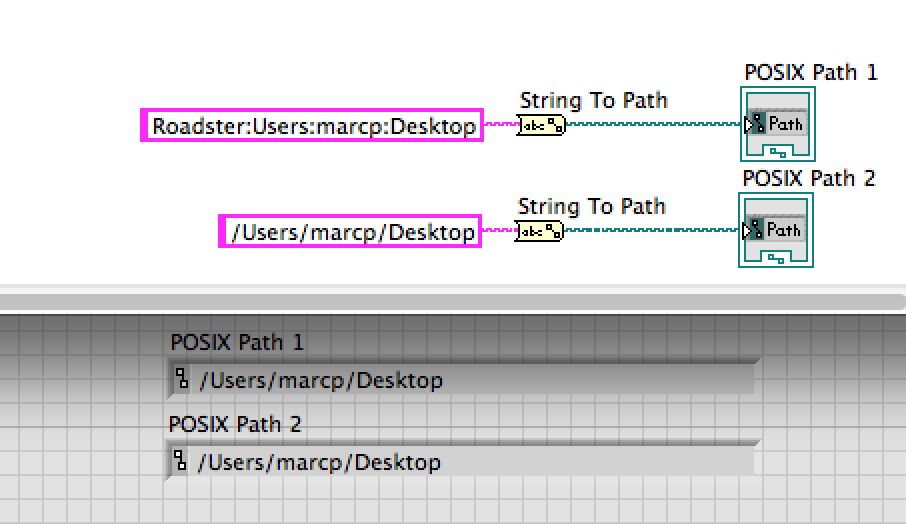

#DISK FORMATTING PATTERNS + SANS INSTALL#
Switch off power to the system and attach the new hard disk to the external SCSI chain, or install it internally into an appropriate disk bay.Ĭheck that the SCSI device ID does not conflict with any existing SCSI devices. Synchronize disk data, and power down the system using this command: # sync init 0 Prepare the system for a reconfiguration boot, by issuing this command: # touch /reconfigure To install a new hard drive on a Solaris system, just follow these steps: It is not always clear whether to use a block or raw device interface, but low-level system commands (like the fsck command, which performs disk maintenance) typically use raw device interfaces.Ĭommands that operate on the entire disk (such as df, which reports disk usage) will most likely use block devices. Raw and block devices refer to the same physical partition, but are used in different contexts: using raw devices only allows operations of small amounts of data, whereas a buffer can be used with a block device to increase the data read size.

To complicate matters further, disk device files exist in both the /dev/dsk and /dev/rdsk directories, which correspond to block device and raw device entries, respectively. Identifies slice 0 of disk 0, controller 0 at SCSI target ID 3. Instead of simply referring to the disk type, disk number, and partition number, the device filename for each partition (“slice”) on a Solaris disk contains four identifiers: controller (c), target (t), disk (d), and slice (s). Partitions created on each drive are also sequentially numbered: if /dev/hda is the boot disk, it may contain several partitions on the disk, reflecting the basic UNIX system directories: /dev/hda1 (/ partition) A system with two IDE hard disks and two SCSI hard disks will therefore have the following device files configured: /dev/had For example, Linux refers to hard disks using a simple BSD-style scheme: /dev/hdn are the IDE hard disks on a system, and /dev/sdn are the SCSI hard disks on a system, where n refers to the hard disk number.

However, this complexity is required to support the sophisticated hardware operations typically undertaken by Solaris systems. Hard disk installation and configuration on Solaris is often more complicated than other UNIX systems.


 0 kommentar(er)
0 kommentar(er)
